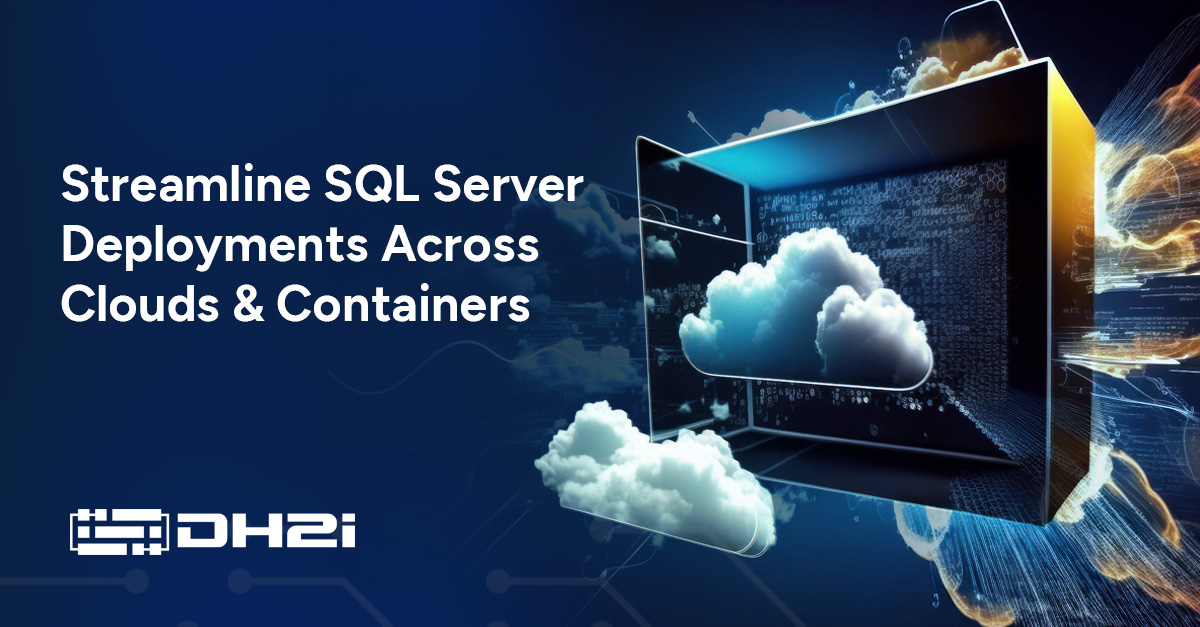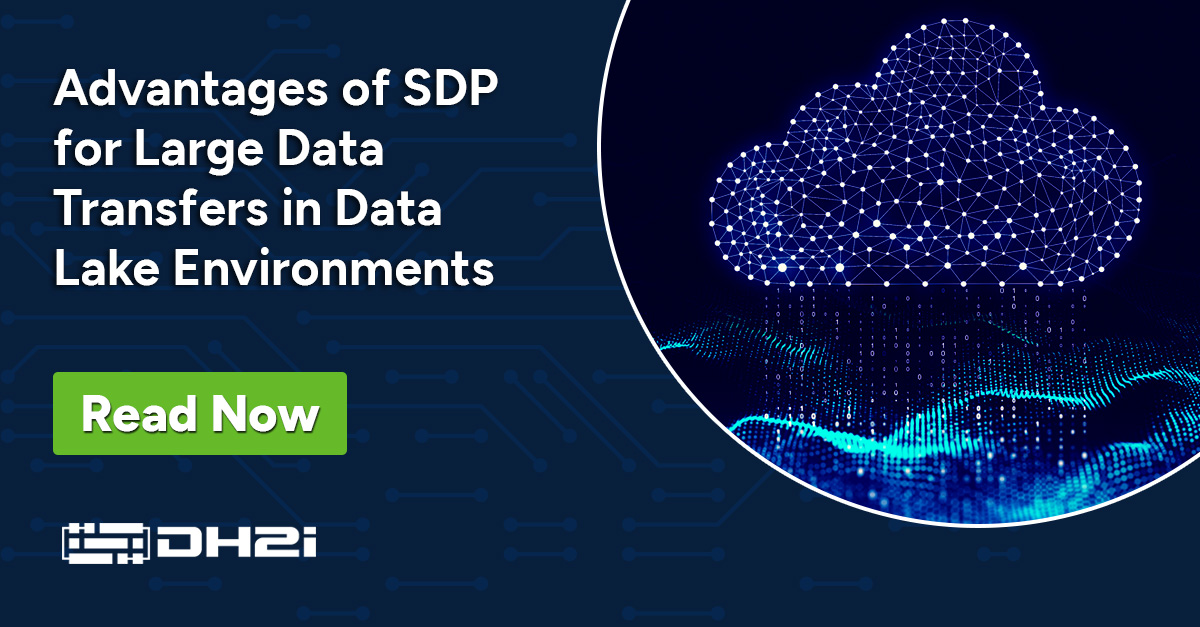In the ever-evolving landscape of the digital age, the role of government is undergoing a profound transformation. The traditional methods of governance are being reshaped by the power of digital technologies, giving rise to a new era of government modernization. In this blog, we delve into the importance of government modernization in the digital age and explore how embracing digital transformation can revolutionize public services, enhance citizen experiences, and drive societal progress. From improved efficiency and transparency to data-driven decision-making and cybersecurity, the benefits of government modernization are far-reaching and have the potential to reshape the way we govern and interact with public institutions.
The Complexities of Managing and Maintaining IT Infrastructure for Government Organizations
In today’s digital age, government organizations at various levels, ranging from local government to homeland security and remotely deployed branches of the military, heavily rely on robust and secure IT infrastructure to carry out their essential functions. However, the management and maintenance of this infrastructure come with a host of complexities, with data availability and security standing at the forefront.
Data Availability Challenges
Government organizations handle vast amounts of data critical to their operations, ranging from citizen records and public services information to classified intelligence and military operations data. Ensuring the availability of this data at all times is of utmost importance. However, it poses significant challenges due to factors such as system failures, natural disasters, cyber-attacks, and human errors. A single disruption in data availability can have severe consequences, leading to operational inefficiencies, compromised decision-making, and potential risks to public safety and national security.
Security Concerns
Data security is a paramount concern for government organizations, given the sensitive nature of the information they handle. Protecting classified data, personal citizen information, and critical infrastructure against unauthorized access, cyber-attacks, and data breaches is a constant battle in today’s increasingly interconnected world.
Likewise, compliance with regulatory frameworks, such as the General Data Protection Regulation (GDPR) and the Federal Information Security Management Act (FISMA), is essential to ensure the confidentiality, integrity, and availability of government data. However, this also adds another layer of complexity.
The challenges surrounding data availability and security are further amplified by the distributed nature of government organizations. From local government offices spread across multiple jurisdictions to remote military branches operating in challenging environments, ensuring consistent data availability and maintaining stringent security protocols across disparate locations is a complex undertaking. It requires implementing standardized procedures, establishing secure communication channels, and deploying monitoring and surveillance systems to detect and respond to potential threats promptly.
How DxEnterprise Empowers Government Organizations with High Availability (HA)
DxEnterprise offers government organizations a solution to address the need for high availability in their IT infrastructure. DxEnterprise is a Smart High Availability Clustering software designed specifically for SQL Server instances and containers. By leveraging DxEnterprise, government organizations can achieve fully automatic failover for their Always-On Availability Groups (AGs) in containers, as well as unified instance failover for both Windows and Linux environments. This ensures continuous availability of critical SQL Server databases, minimizing downtime and data loss.
DxEnterprise offers several features that are particularly beneficial for government organizations. It enables sidecar container deployment, eliminating the need for custom images and reducing support complexities. The inclusion of Helm Charts allows for the quick and efficient deployment of highly available SQL Server AGs with just one line of code, streamlining the process and saving time. Additionally, DxEnterprise’s fully automatic failover capabilities ensure that AGs in containers can seamlessly transition to backup nodes without manual intervention, enhancing high availability and minimizing disruptions.
In addition, DxEnterprise supports multi-platform clusters, enabling the inclusion of a mix of containers, virtual machines, bare-metal servers, and cloud servers in the same cluster. This flexibility allows government organizations to leverage their existing infrastructure and choose the most suitable deployment options based on their specific needs. Whether it’s combining Windows and Linux servers within the same cluster or deploying clusters across multiple sites or clouds, DxEnterprise provides the necessary versatility to accommodate diverse IT environments (and strict government budgets).
How DxOdyssey Empowers Government Organizations with Zero Trust Network Access and Enhanced Security
DxOdyssey plays a crucial role in helping government organizations address the complexities of data security and connectivity. Traditional Virtual Private Networks (VPNs) have long been used to establish secure connections between remote locations, but they come with their own set of vulnerabilities. DxOdyssey takes a different approach by employing Software-Defined Perimeter (SDP) technology to create a direct connect environment that eliminates the need for intermediaries in the data path.
By using DxOdyssey, government organizations can establish secure application-level Zero Trust Network Access (ZTNA) tunnels. This means that servers, storage, applications, IoT devices, and users gain direct access to the specific data endpoints they require, ensuring that they have precisely the level of access they need and nothing more. This fine-grained control minimizes the risk of lateral network attacks, where unauthorized users attempt to move laterally within the network to gain access to sensitive information.
In addition, DxOdyssey achieves discreet invisibility by ensuring that there are no open ports that can be exploited by malicious actors. The data transmitted through DxOdyssey is also fully encrypted using Datagram Transport Layer Security (DTLS), ensuring that it remains confidential and uncrackable.
Additionally, DxOdyssey employs patented hybrid TCP-UDP data transport technology enhance network throughput performance by up to 40%. This enables government organizations to efficiently transmit and receive data without compromising security. The solution provides full network address translation (NAT) coverage and supports various operating systems, servers, and cloud environments. It seamlessly integrates into existing network infrastructure, eliminating the need for complex reconfigurations or additional hardware appliances.
The Bottom-Line
DH2i’s DxEnterprise and DxOdyssey solutions are at the forefront of revolutionizing government IT infrastructure, addressing the critical complexities of data availability and security. With DxEnterprise, government organizations can achieve near-zero downtime for their SQL Server Availability Group Kubernetes clusters, ensuring uninterrupted access to critical data and seamless operations. DxOdyssey takes data security to the next level by providing secure tunnels with Zero Trust Network Access capabilities, safeguarding sensitive information and enabling efficient and secure data transfer.
By harnessing the power of these cutting-edge technologies, governments can confidently embrace digital transformation, optimize their operations, and deliver superior services to their citizens with uncompromising security and near-zero downtime. Moreover, DH2i’s solutions offer a highly affordable investment with fast and significant ROI, ensuring that government organizations can achieve both technological advancement and financial efficiency simultaneously.






